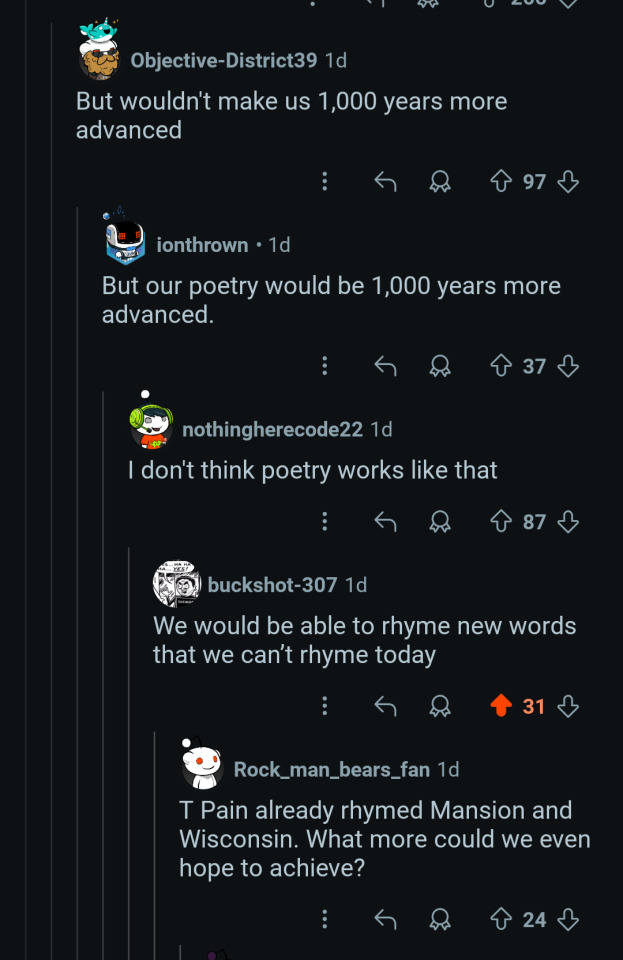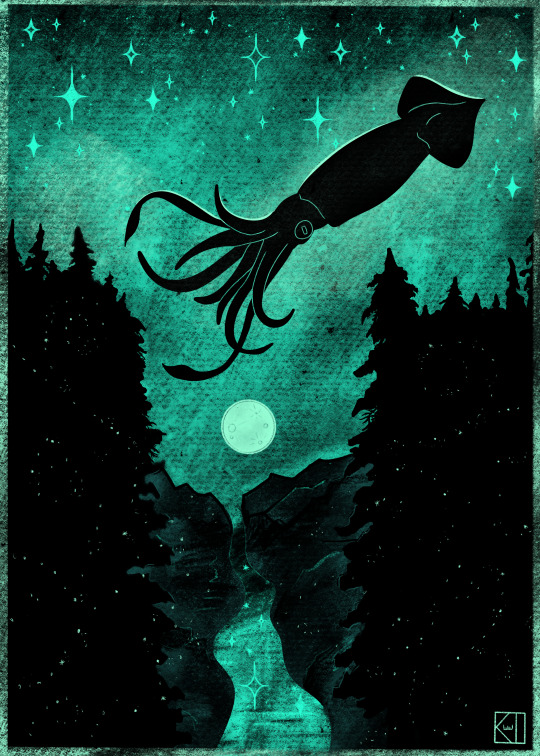Any pronouns, mostly used to he/they. Sideblog: @wheel-of-fandoms, for fandom posts, except when I forget. For this blog, expect science, computers, social justice, cat pictures, memes and other nonsense. Mostly nonsense, TBH Older than the NES and Windows. Current icon picrew is by hunbloom. Former URL 'kellyclowers'. Ailurinae is the sub-family of the red panda (Ailuridae, the family level, is taken by an inactive blog)
Don't wanna be here? Send us removal request.
Text
hot flaming take i’m abt to slap you with: it’s not acceptable to punish children for their grades, no matter the circumstances.
152K notes
·
View notes
Text

Pigeon Sculpture by Paul Sloan
(Rundle Mall, Adelaide, Australia)
5K notes
·
View notes
Note
We called those things "slow worms" when I was a kid, and it was always exciting to find them because they kept themselved hidden as much as possible. I haven't seen one since I was about six.
That's so cool, I would love to see one in person!
0 notes
Text
my personal pick for most underrated animal is the european legless lizard, which i think is often taken to just look like a normal and rather plain snake, but if you're familiar with reptile anatomy at all it looks more like some sort of bizarre heraldic fantasy creature than basically anything else on earth


13K notes
·
View notes
Text



I got sick of ads and stupid smart tv crap that can't stay connected to the wifi and keeps logging me out of things. So I put linux on an old dell optiplex I had laying around and connected that to our tv.
The first remote/keyboard was something I picked up for the tv pc. It has a mouse built in that works wiimote-style too.
The second device is a "Lenovo Mini Wireless Keyboard N5901" with mouse. My friend @knittingnoodle found it at a thrift store for me and I'm sooo grateful. This thing is so cool and it has a trackball!!!
406 notes
·
View notes
Text
my mum was googling for an article about why everyone in the lord of the rings film is white (like to be clear she was annoyed by this) and the google ai was apparently like “everybody in the lord of the rings is not white. gandalf is grey.”
53K notes
·
View notes
Text
I recently got an on-campus job. During the interview process, I requested that I not be scheduled on Friday nights or Saturdays as I am a Jewish student.
My boss immeadiately brightened and rushed to explain - "Of course ! Of course! We want to accomodate you! We have another worker who takes off for Ramadan. Do you need to take off for Ramadan?"
I shook my head, incredibly confused. "Uh. That's. Not my jurisdiction. I'm good." Boss nodded but was sure to add "Let me know if that ever changes. We can help you with Ramadan."
60K notes
·
View notes
Text
Intruder alert. Big boob red lesbian is in the base


2K notes
·
View notes
Text
Zoloft: fake german word
Prozac: fake polish word
Lexapro: legal research software
Celexa: pokemon
Geodon: another pokemon
Wellbutrin: online stock exchange thing
Paxil: off-brand pope
Buspar: jumble prompt
Xanax: this one sounds like a medication
12K notes
·
View notes
Text
twitch_live
I'm streaming RIVER CITY GIRLS 2
Join me and @inkie-heart as we go another round. We're best friends and we beat everybody up! Happy women wednesday!
https://twitch.tv/demilypyro

95 notes
·
View notes







